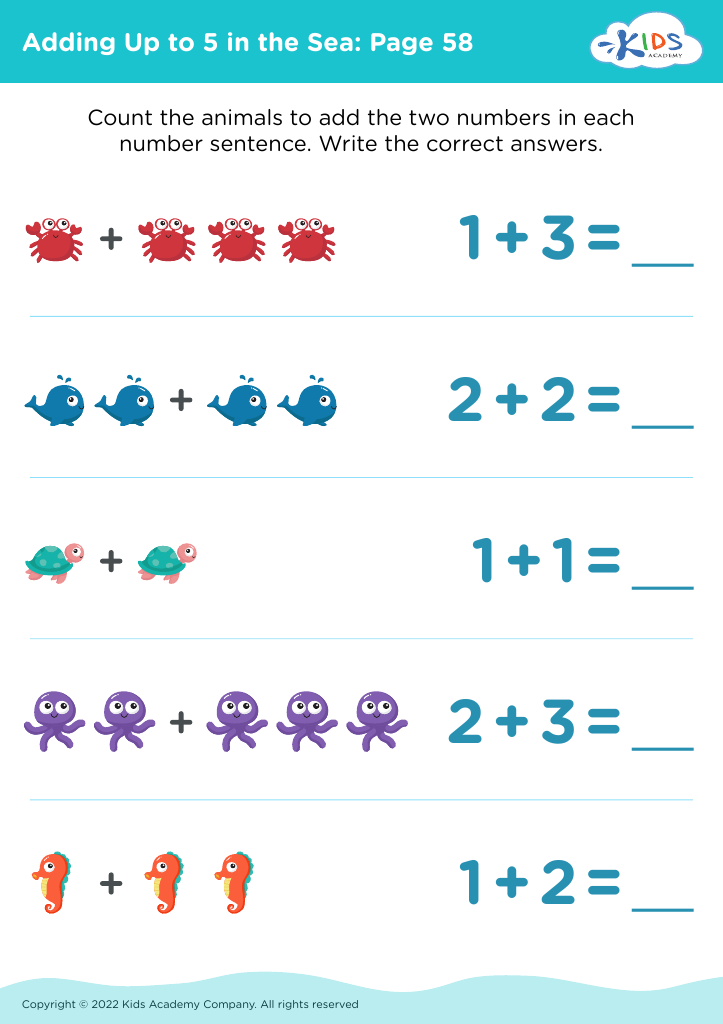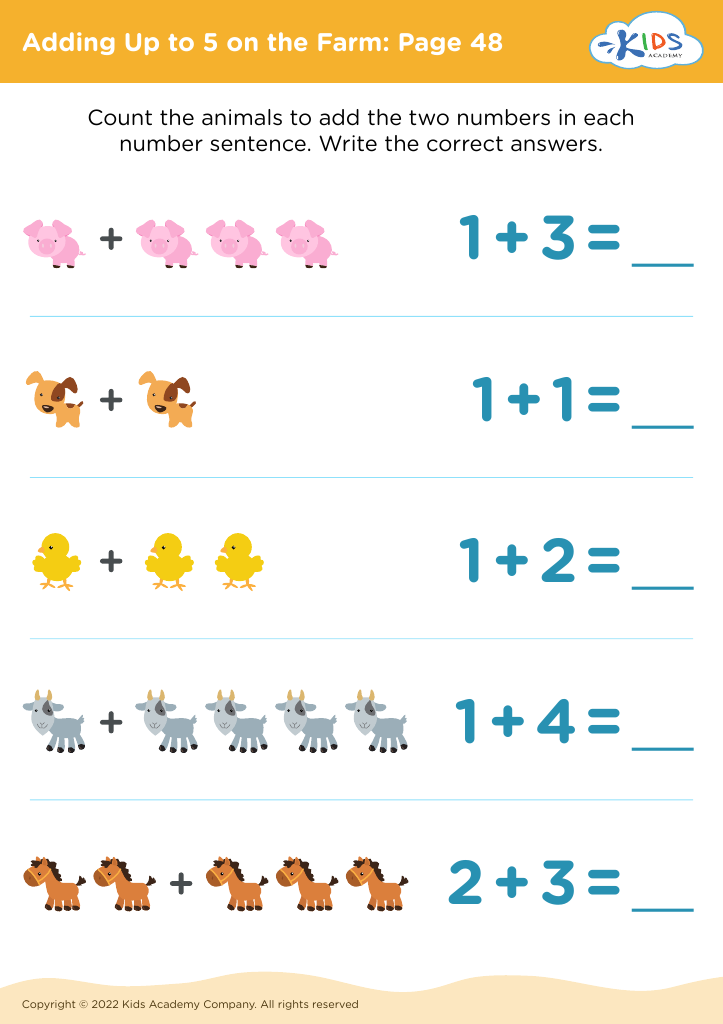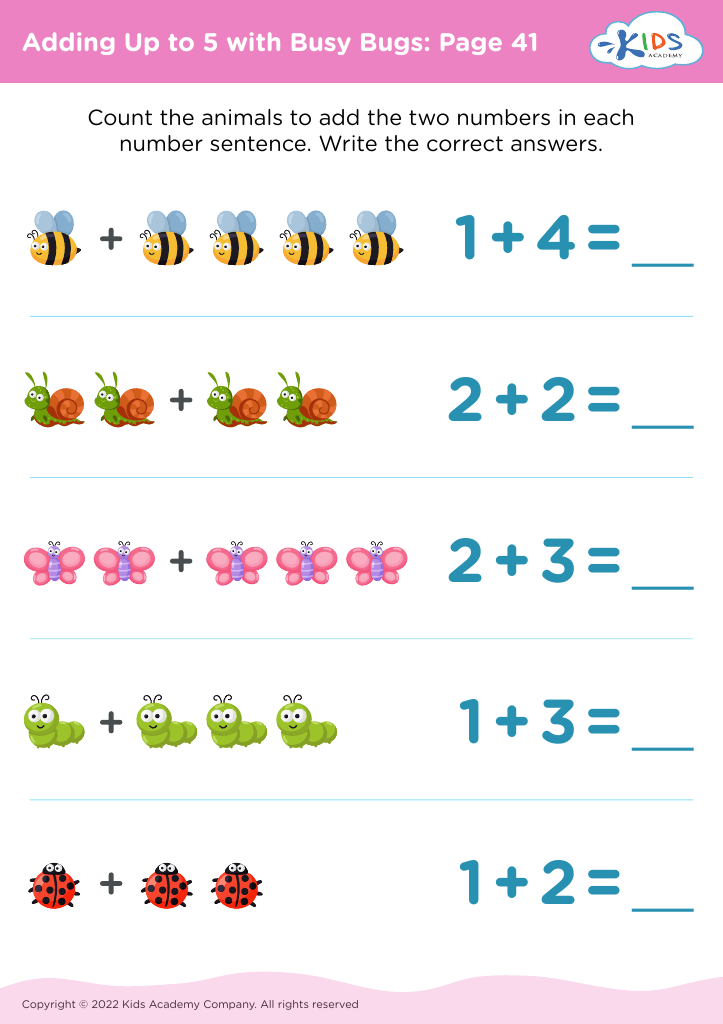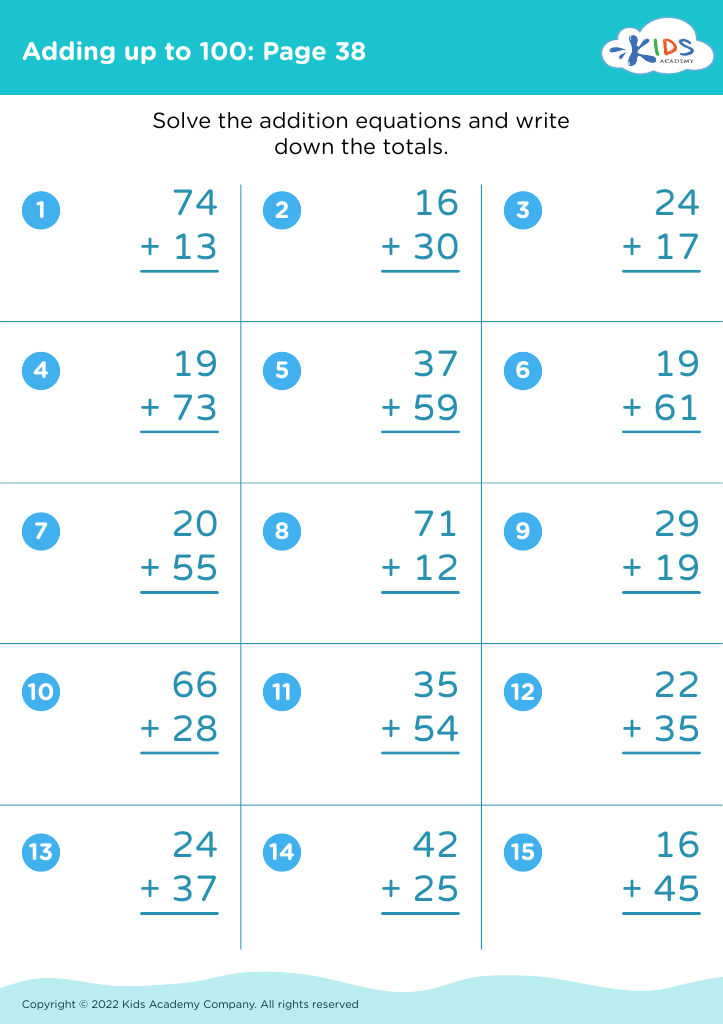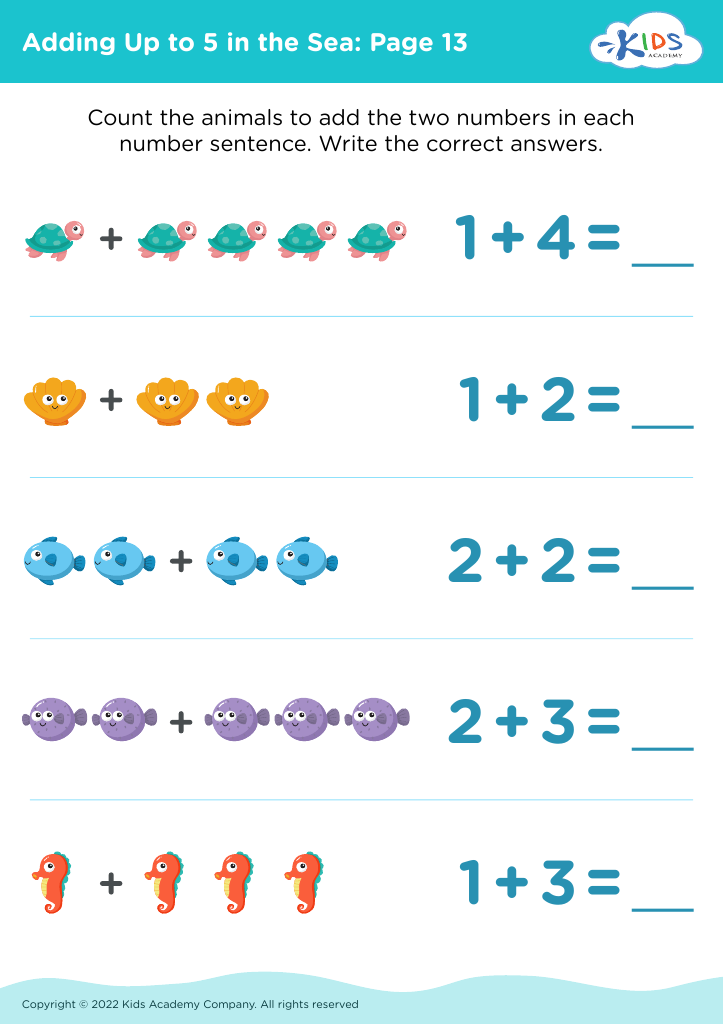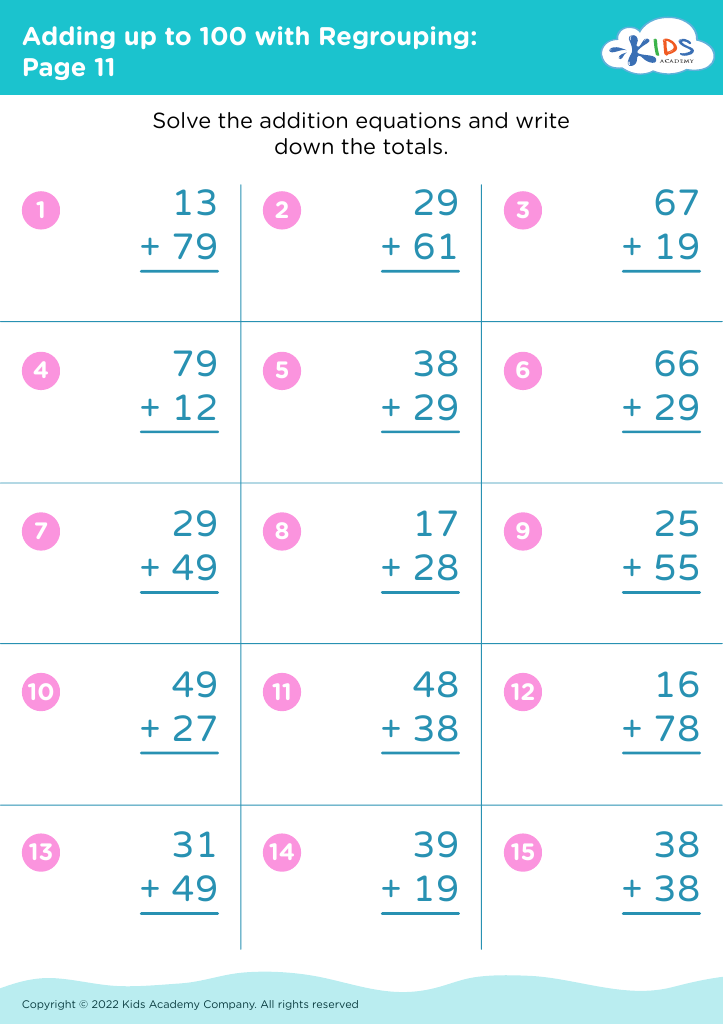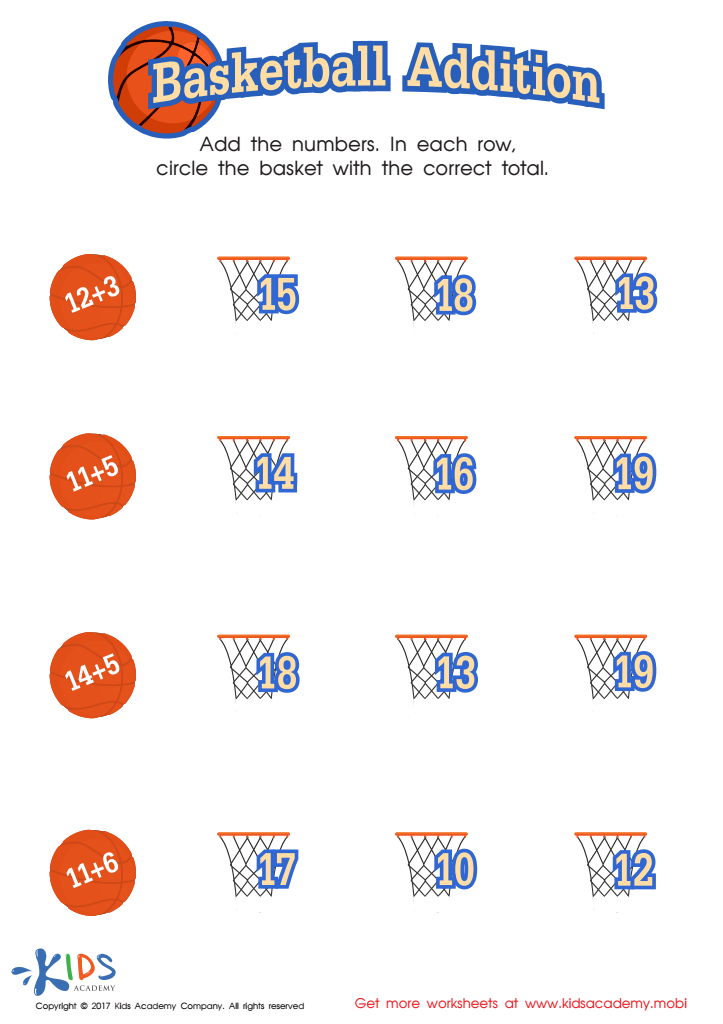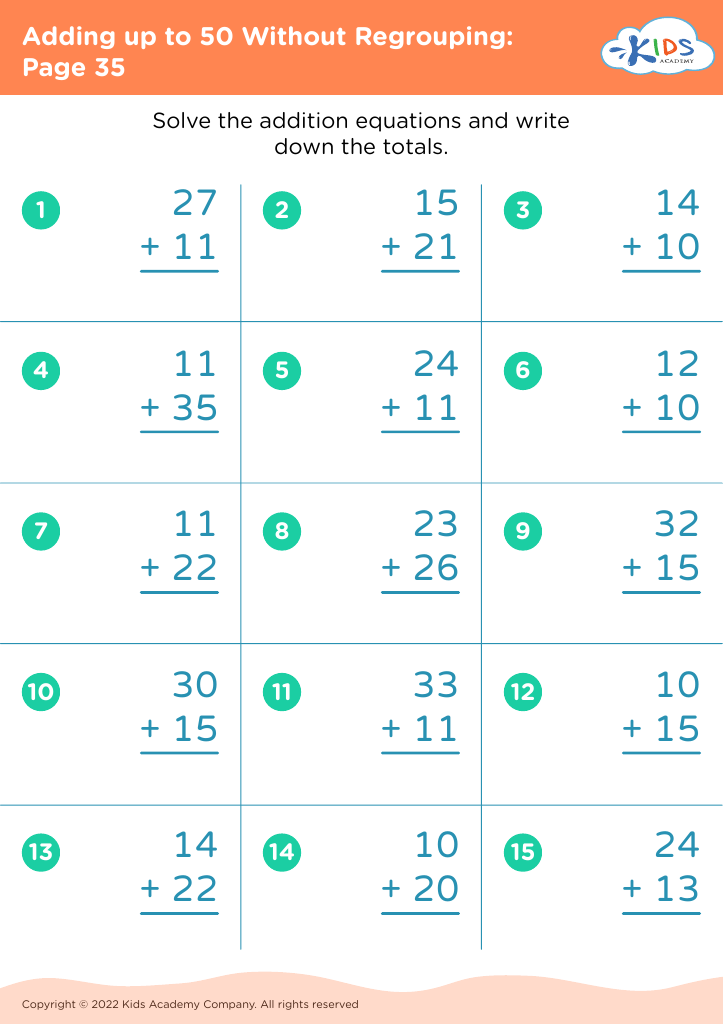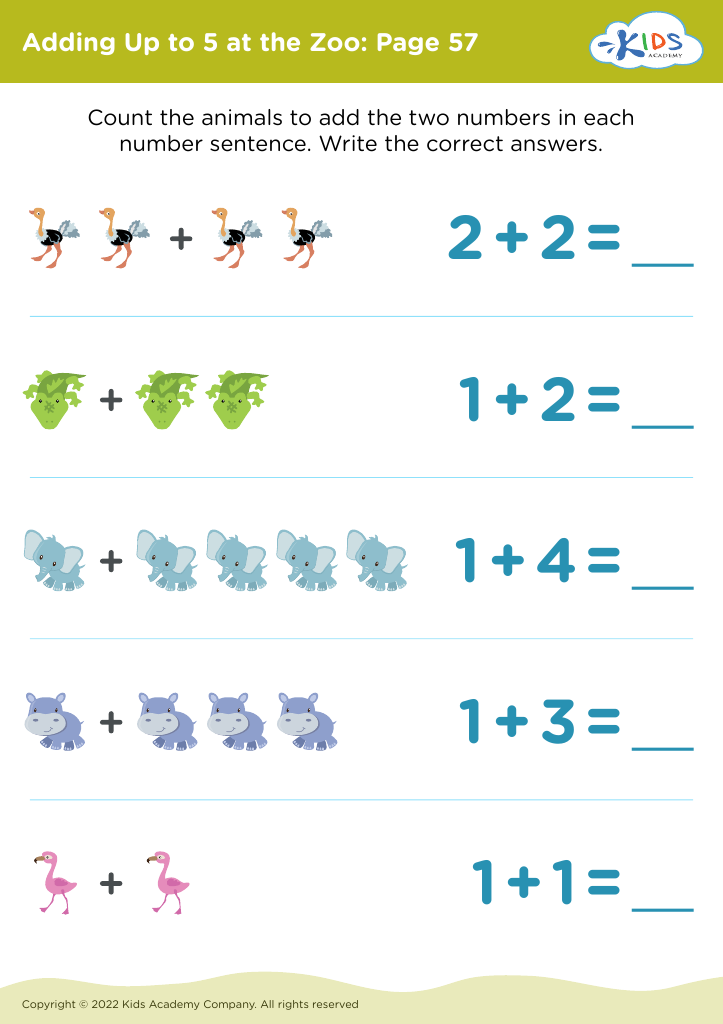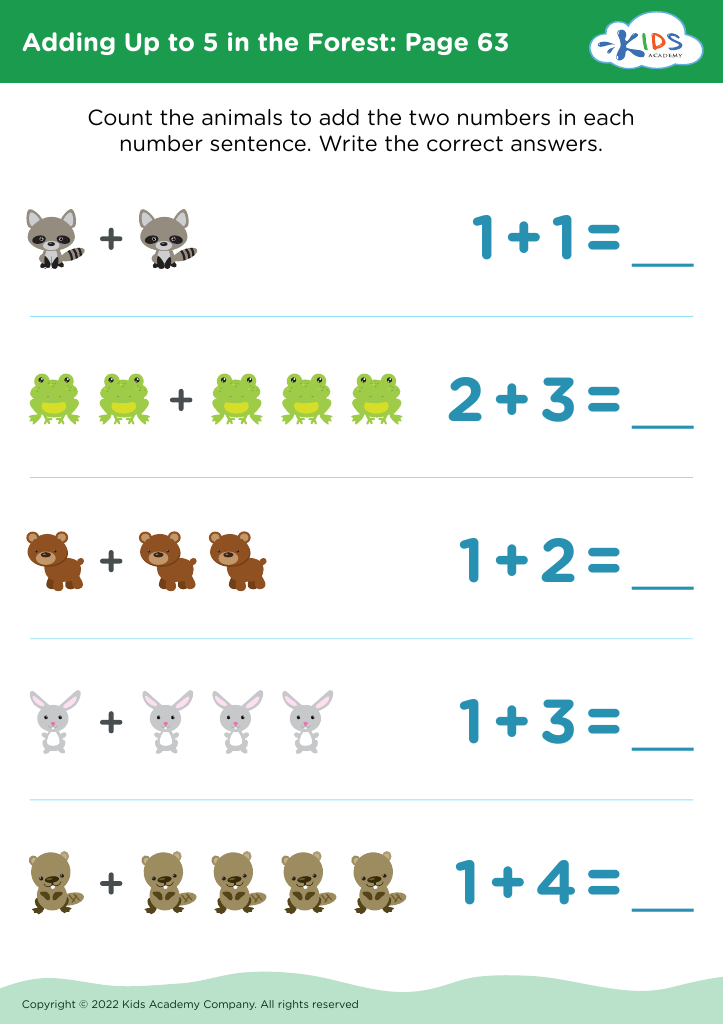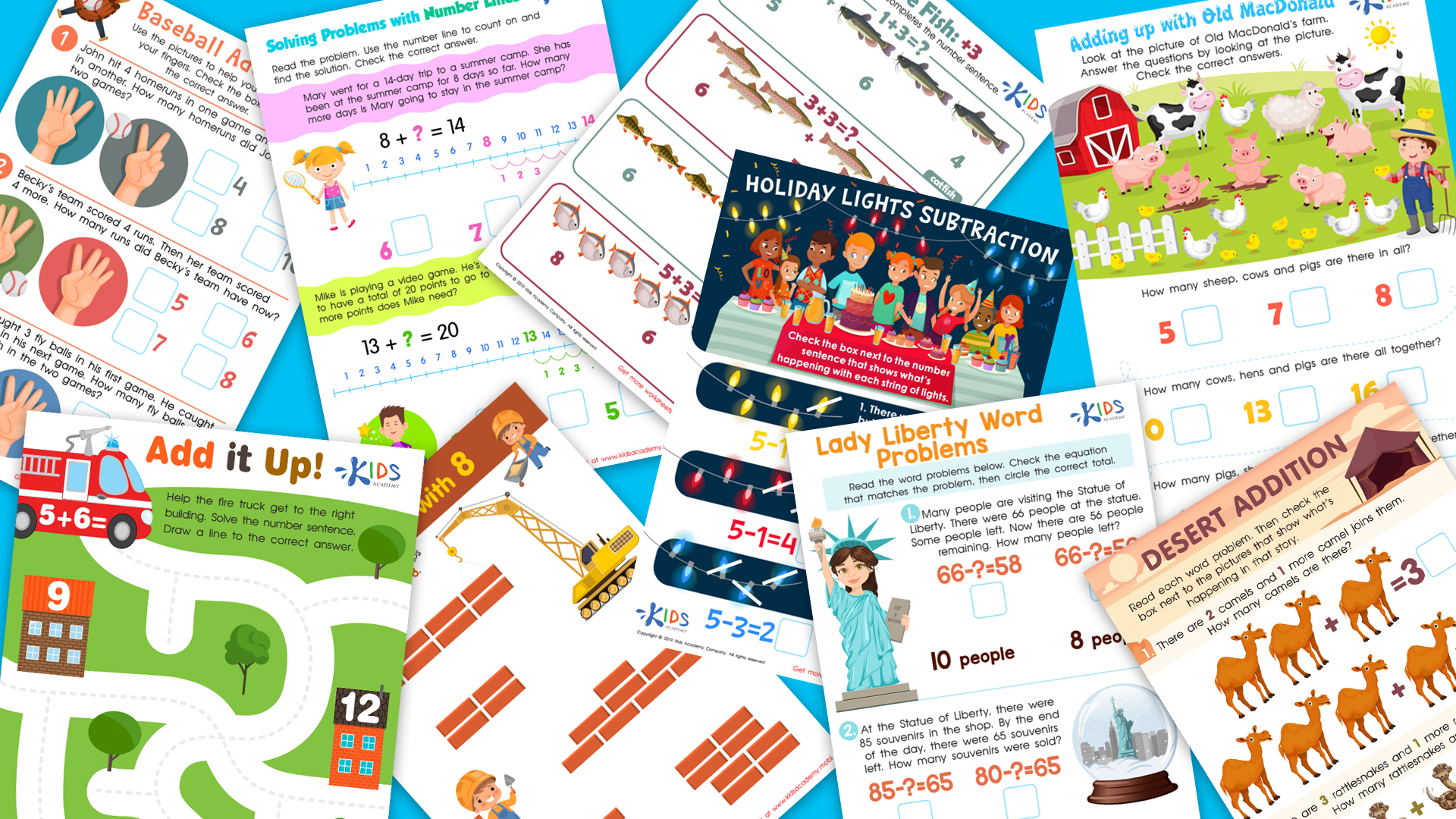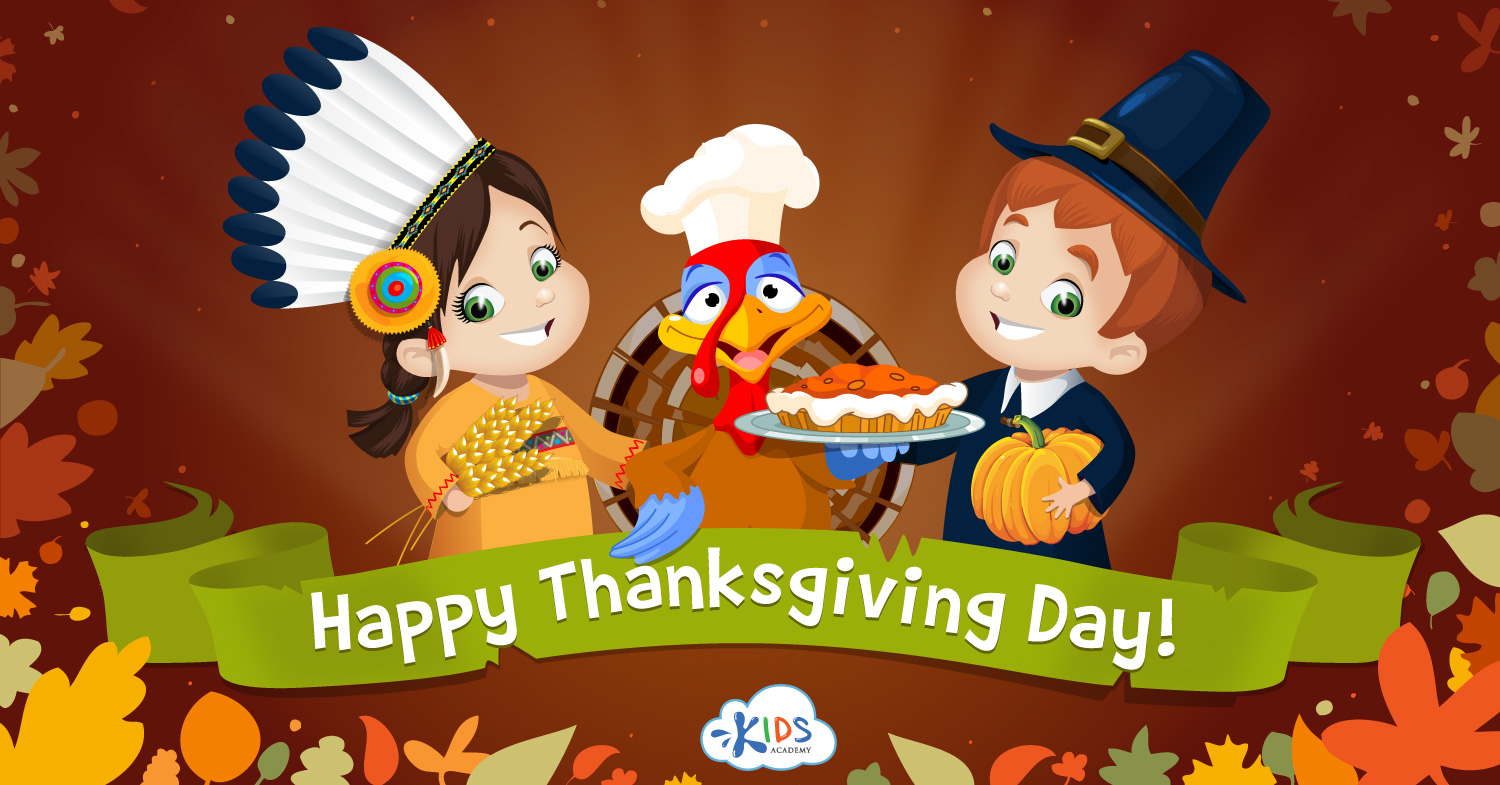Hand-eye Coordination Math Worksheets for Ages 3-9
66 filtered results
-
From - To
Enhance your child's learning with our engaging Hand-eye Coordination Math Worksheets, specifically designed for ages 3-9. These worksheets blend fun with foundational math skills, fostering both cognitive growth and fine motor development. Through interactive exercises like counting, tracing, and simple problem-solving, kids will strengthen their hand-eye coordination while mastering essential math concepts. Our colorful, easy-to-use resources make learning enjoyable, ensuring that children are excited about honing their skills. Perfect for parents and educators, these worksheets can be integrated into home or classroom activities, setting the stage for a successful academic journey. Explore our collection and watch your child's confidence soar!
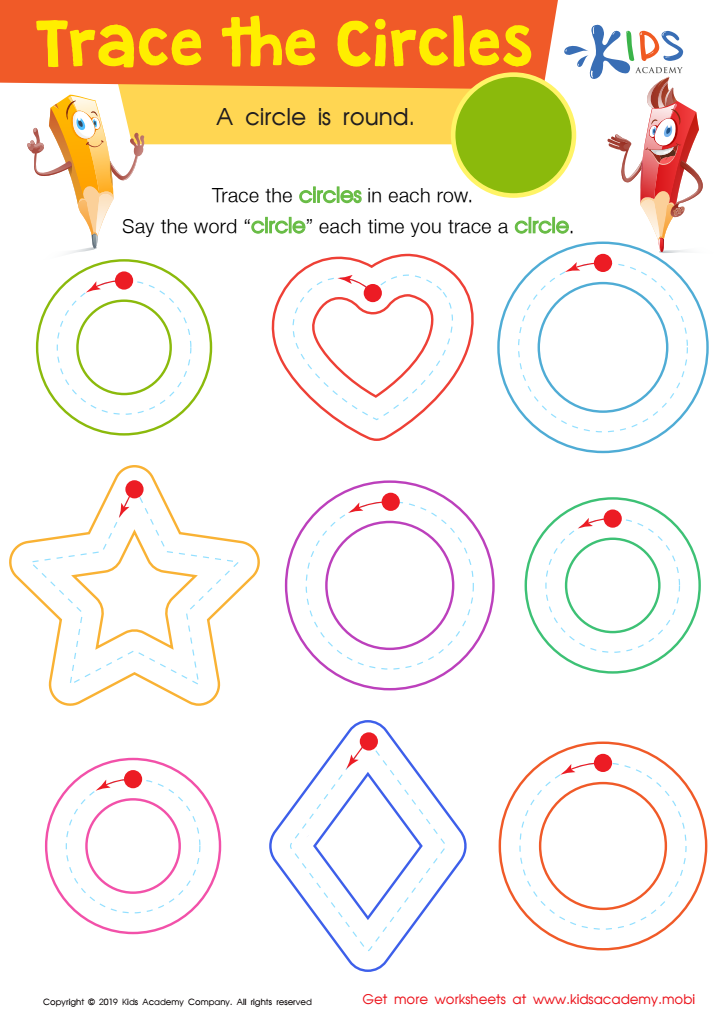

Trace The Circles Worksheet
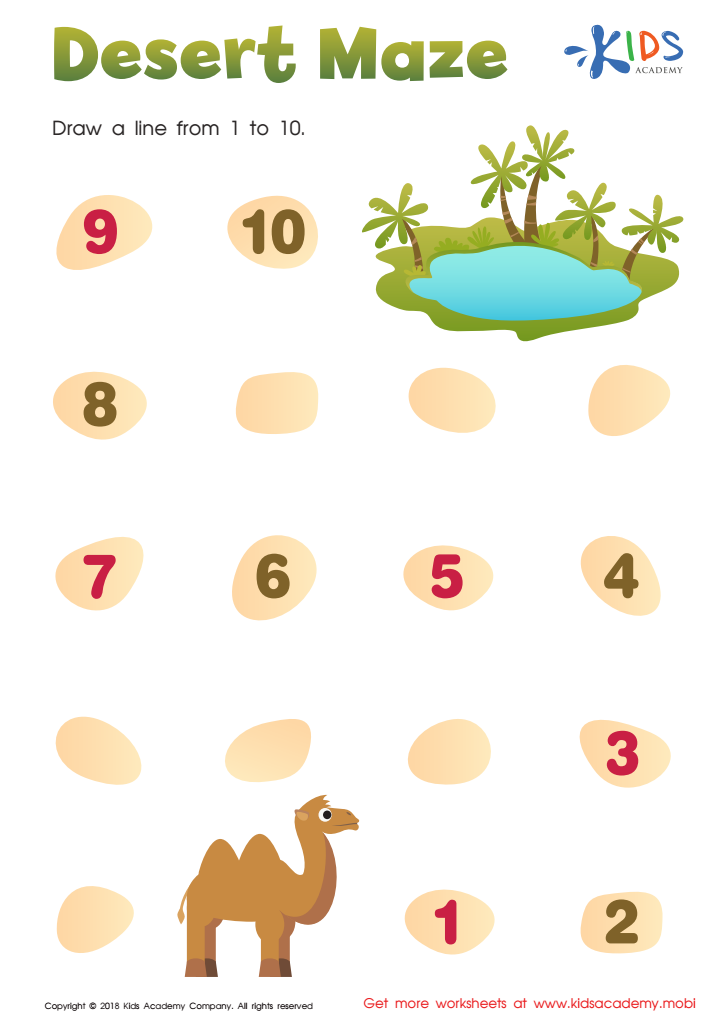

Desert Maze Worksheet
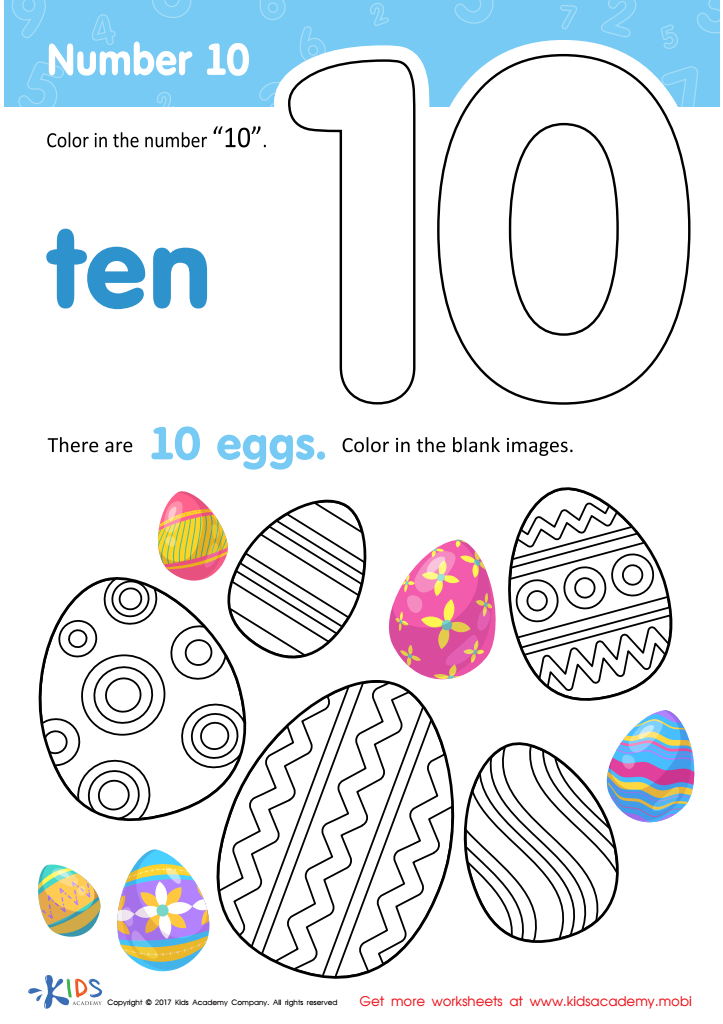

Number 10 Printable
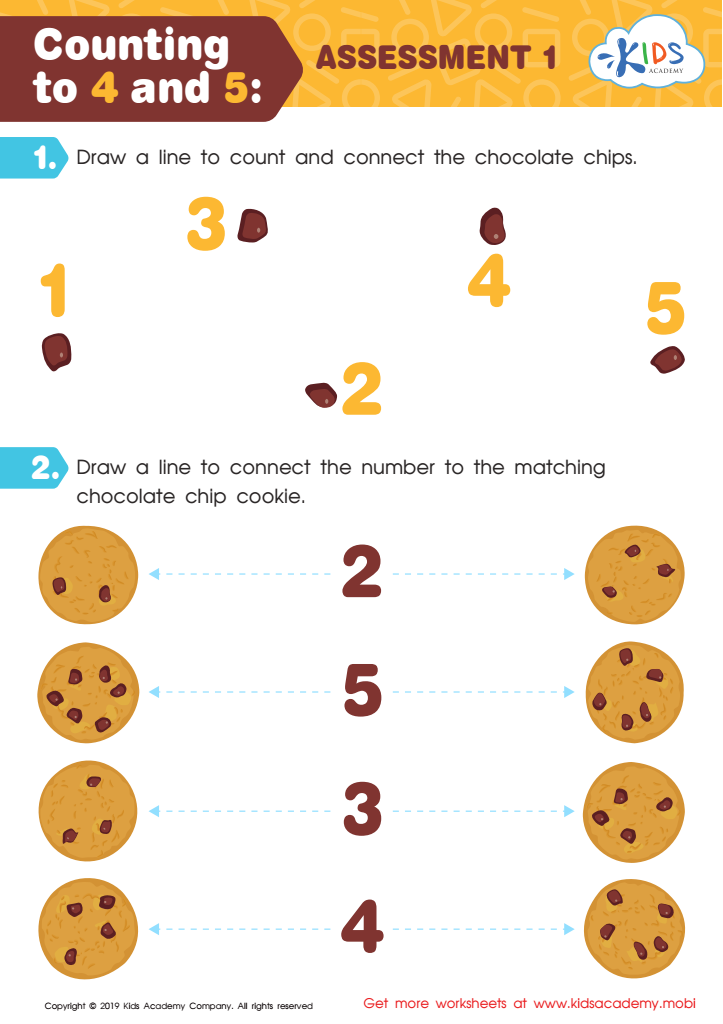

Counting to 4 and 5: Assessment 1 Worksheet
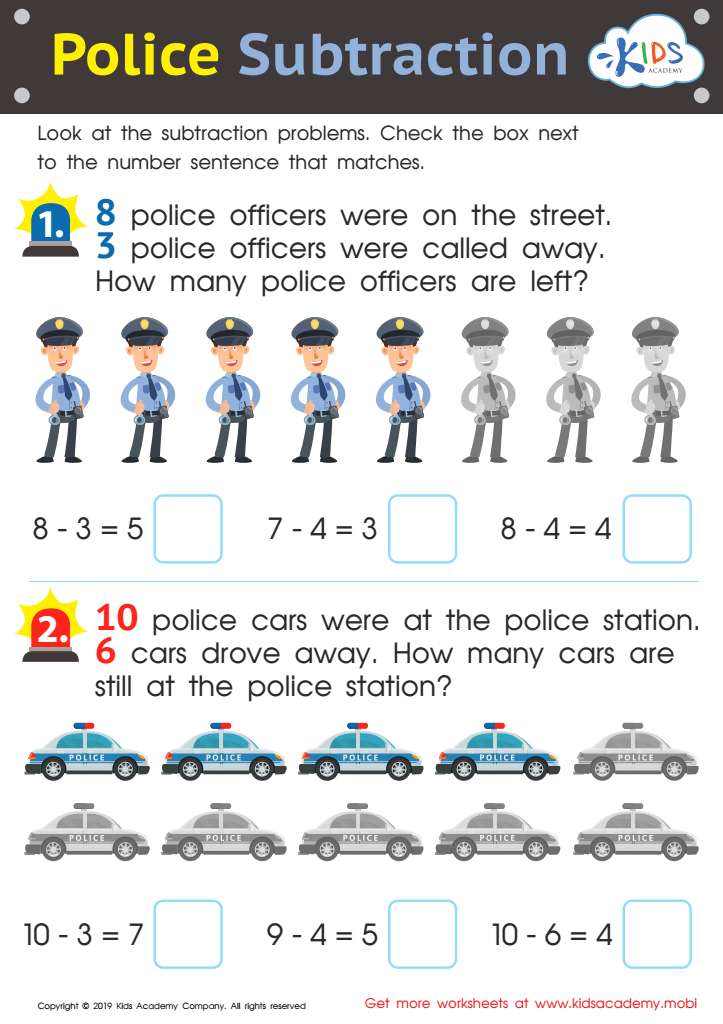

Police Subtraction Worksheet
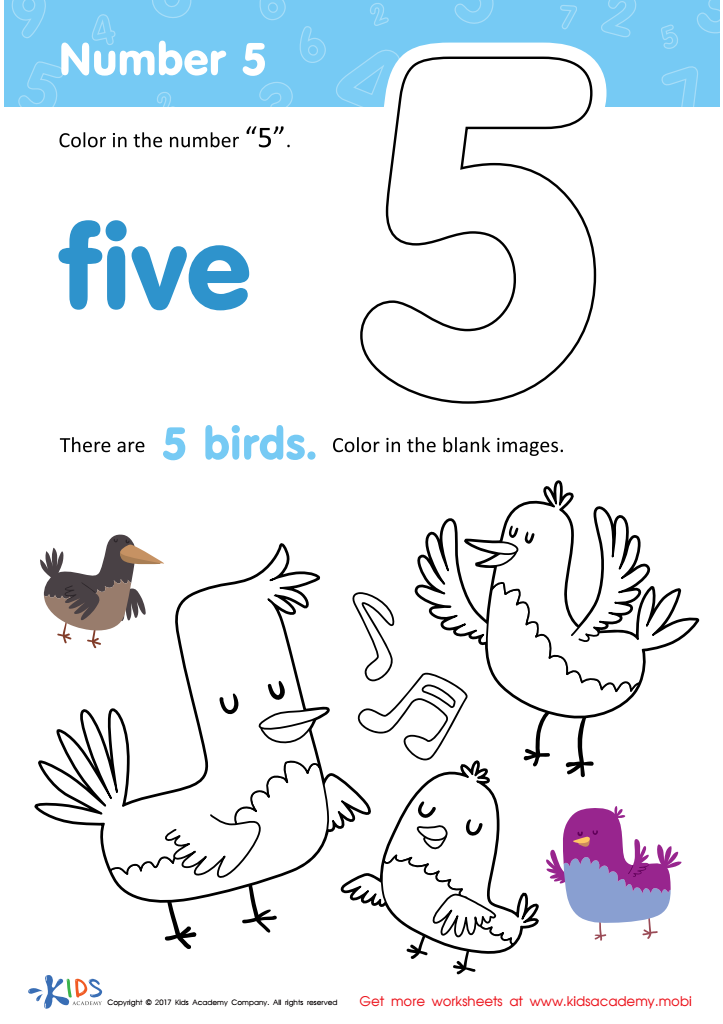

Number 5 Printable
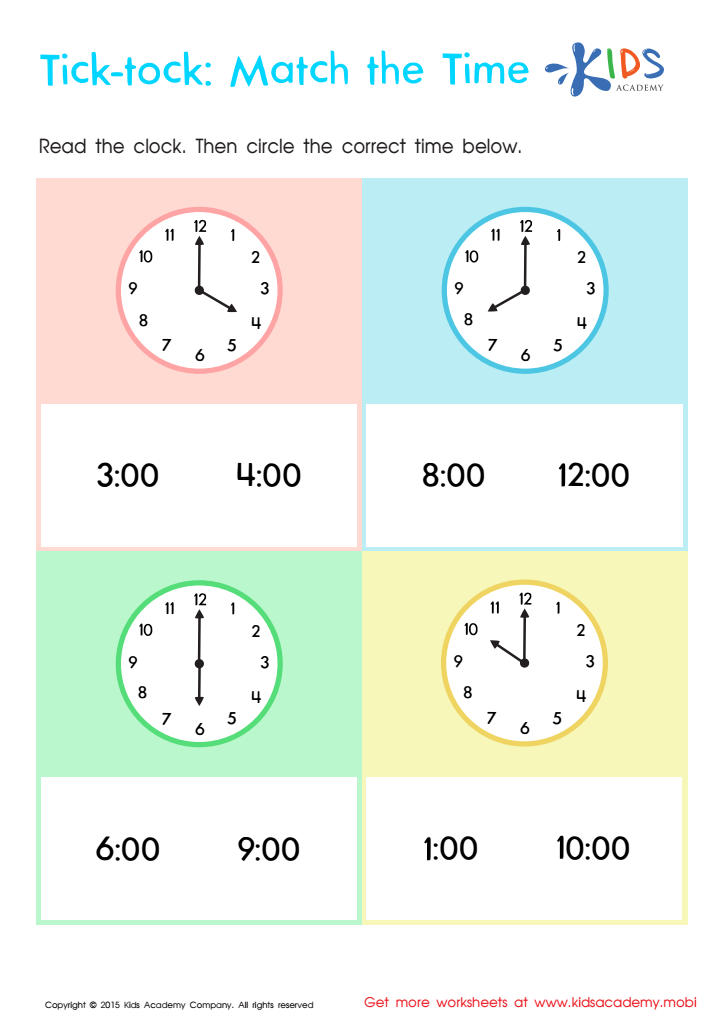

Telling The Time Worksheet: Part 4
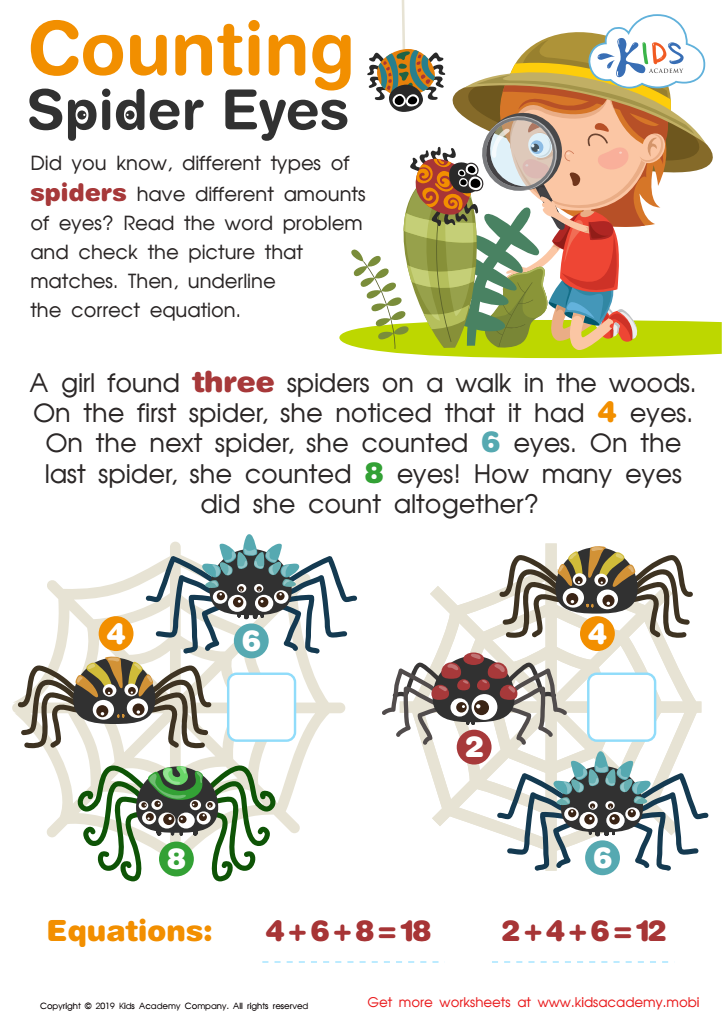

Counting Spider Eyes Worksheet
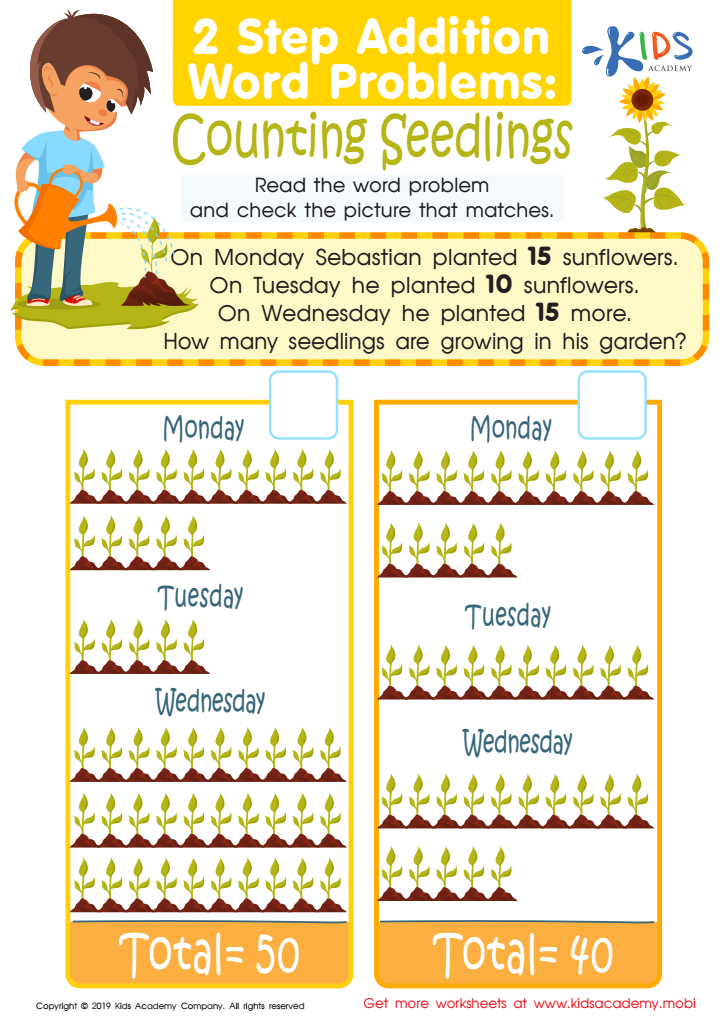

Counting Seedlings Worksheet
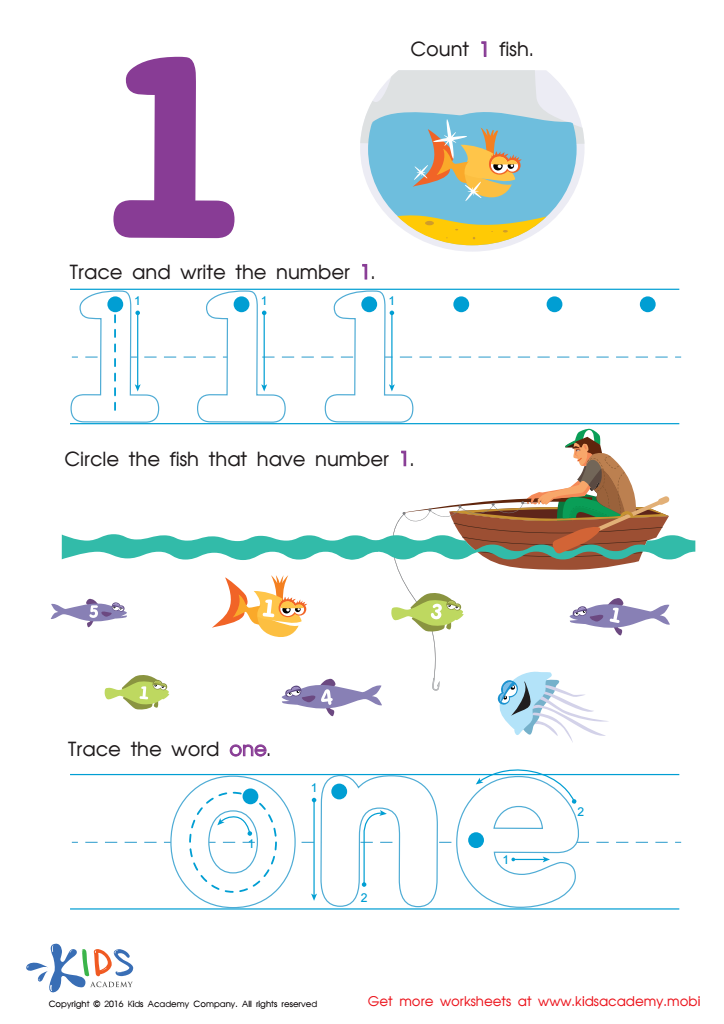

Learning to Write 1 Worksheet
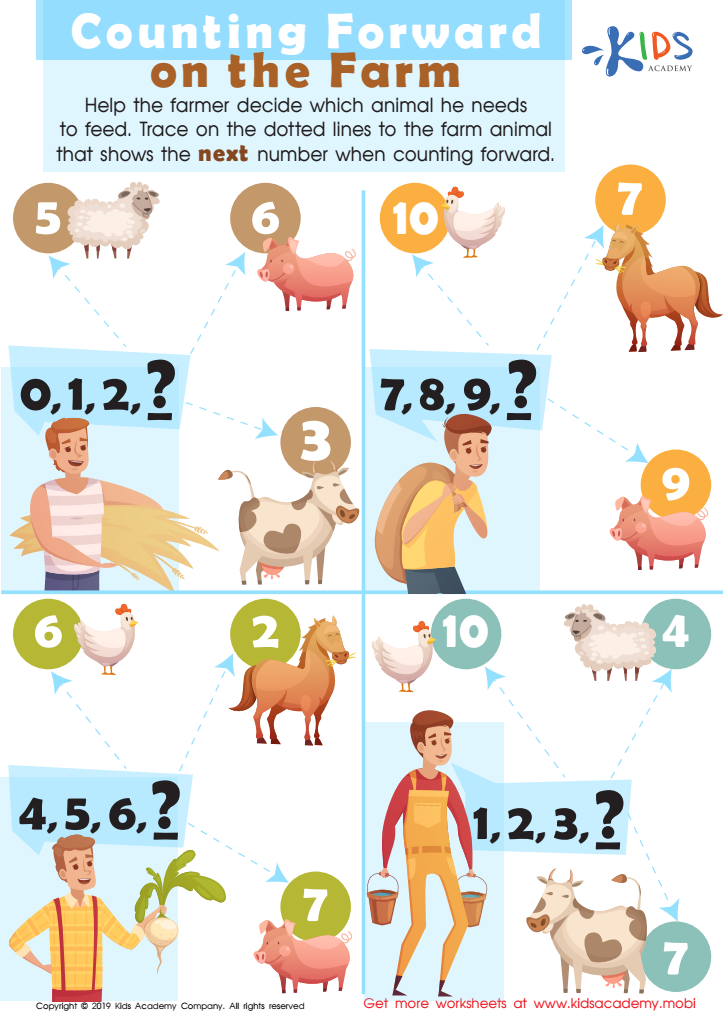

Counting Forward On the Farm Worksheet
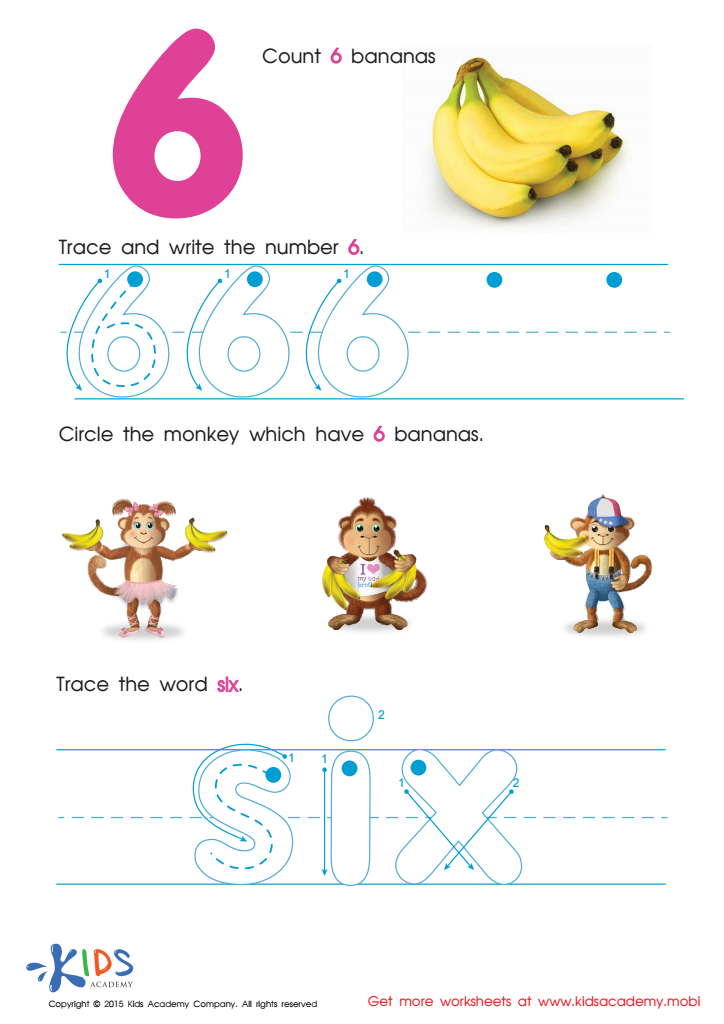

Tracing And Writing Number 6 Worksheet
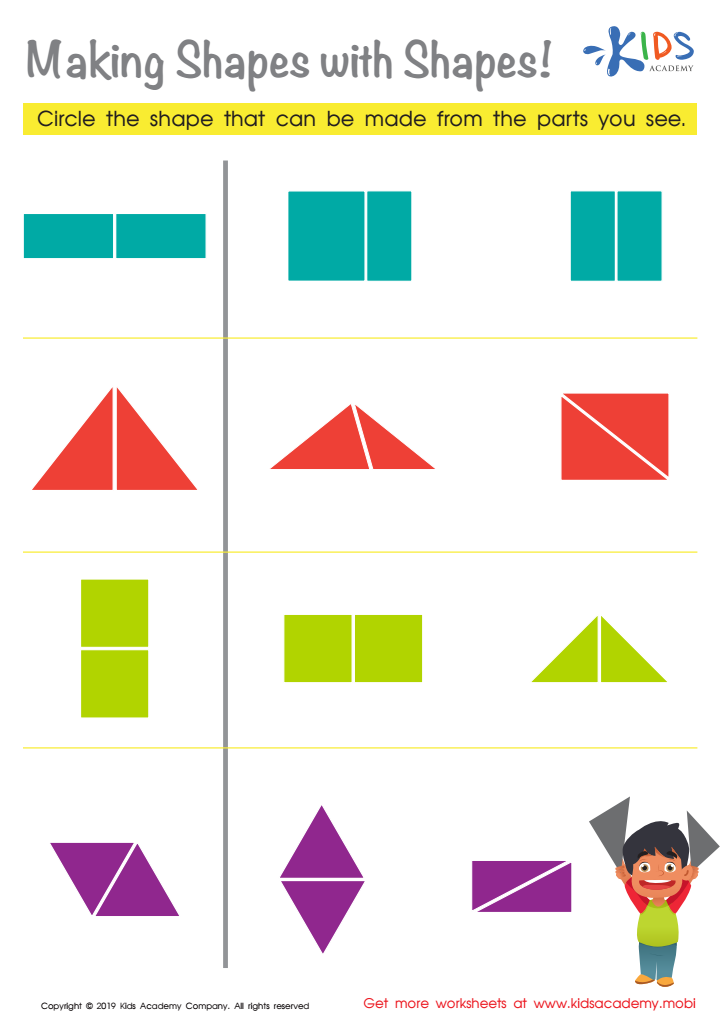

Making Shapes with Shapes Worksheet
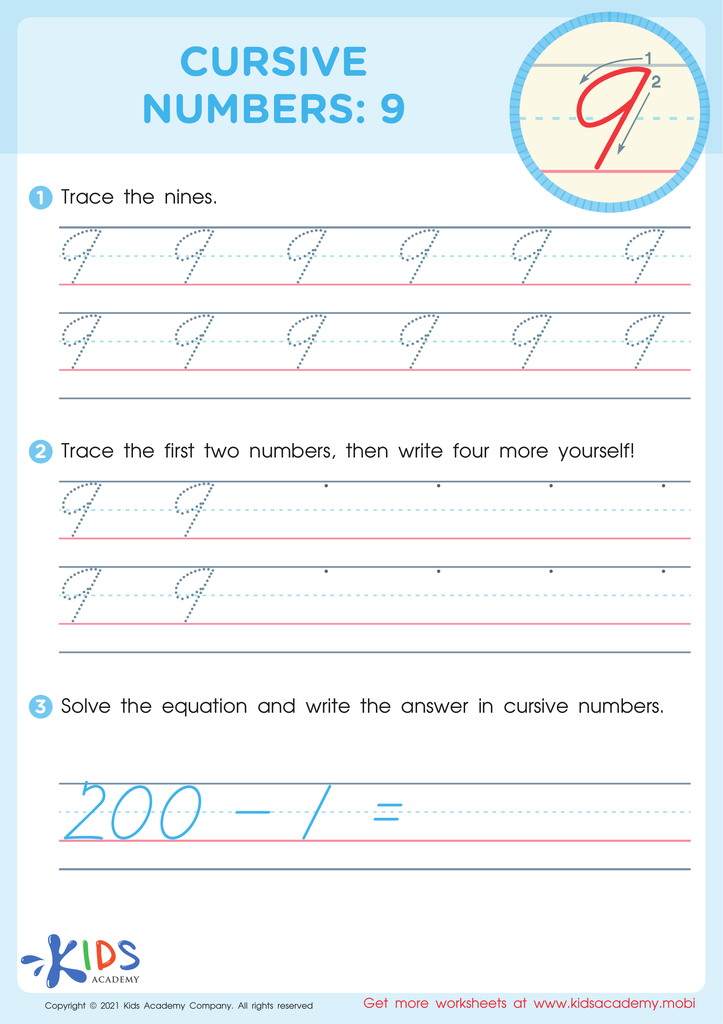

Cursive Numbers: 9 Worksheet
Hand-eye coordination is a vital skill for children, especially during the ages of 3-9, when they are developing cognitive and motor abilities. This skill involves the ability to coordinate visual input with physical movement, which is essential not only for sports and physical activities but also for academic tasks like writing, cutting, and creating.
Teachers and parents should particularly care about incorporating activities that promote hand-eye coordination in math learning. Engaging children in hands-on math activities, such as measuring ingredients for a recipe, building shapes with blocks, or playing math-focused games, fosters both coordination and numerical understanding. These activities help reinforce mathematical concepts in a tangible way, making learning more enjoyable and effective.
Moreover, improved hand-eye coordination aids in concentration and focus, crucial components for learning in early childhood. By emphasizing these skills, educators and parents can also help nurture problem-solving and critical thinking abilities. Overall, integrating hand-eye coordination activities with math education not only facilitates skill development but also supports children's overall growth, laying a strong foundation for their future academic and life success. Prioritizing these aspects will ultimately enhance their educational journey in both math and other interdisciplinary areas.

 Assign to My Students
Assign to My Students
